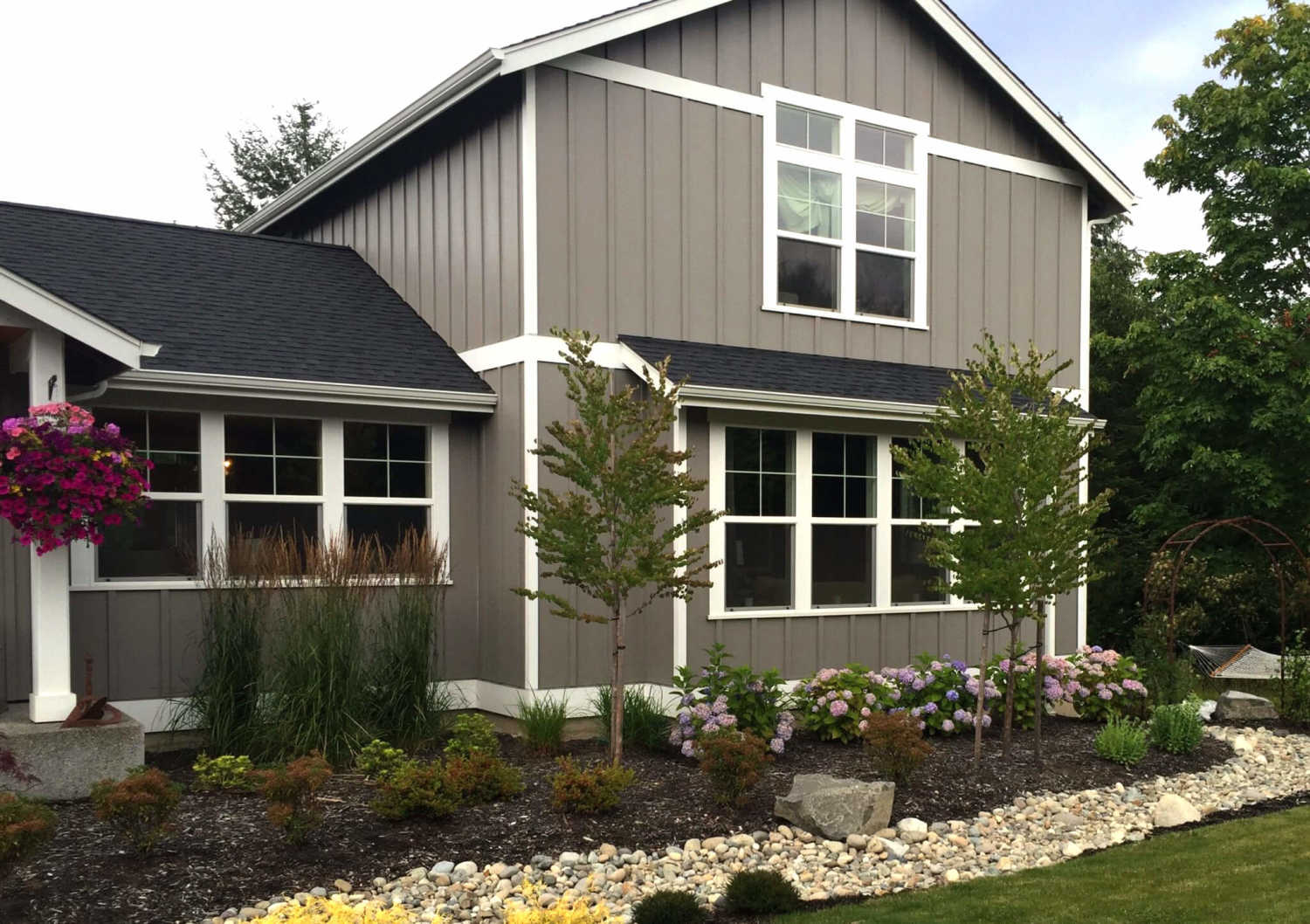

Articles
What Is T1-11 Siding
Modified: October 20, 2024
Learn all about T1-11 siding in our comprehensive articles. Find tips, advice, and insights to help you make the right decision for your home.
(Many of the links in this article redirect to a specific reviewed product. Your purchase of these products through affiliate links helps to generate commission for Storables.com, at no extra cost. Learn more)
Introduction
Welcome to the world of home improvement! If you’re considering upgrading or renovating your home’s exterior, you may have come across the term “T1-11 siding.” But what exactly is T1-11 siding, and why is it gaining popularity among homeowners?
T1-11 siding is a type of plywood siding that is commonly used to protect and beautify the exterior of residential and commercial buildings. It is made from textured, grooved plywood panels that are designed to resemble traditional wood planks. T1-11 siding is known for its durability, versatility, and classic appeal.
So why choose T1-11 siding over other siding options? With its distinctive textured appearance, T1-11 siding adds a touch of rustic charm to any home. Whether you have a traditional farmhouse or a modern bungalow, T1-11 siding can enhance the visual appeal and curb appeal of your property.
One of the key advantages of T1-11 siding is its versatility. It can be installed vertically or horizontally, allowing you to create a variety of design styles and patterns. Whether you prefer a classic, board-and-batten look or a contemporary, sleek design, T1-11 siding can accommodate your vision.
In addition to its aesthetics, T1-11 siding is also highly durable. It is made from high-quality plywood that is engineered to withstand the elements, including harsh weather conditions and pests. This makes T1-11 siding a reliable and long-lasting option for your home’s exterior.
Another benefit of T1-11 siding is its ease of installation. It comes in large panels that can be quickly and easily installed by professionals or experienced DIY enthusiasts. This can save you time and money on labor costs.
However, like any other building material, T1-11 siding has its drawbacks. One of the main concerns is its susceptibility to moisture damage. If not properly maintained, T1-11 siding can be prone to rot and decay. Regular inspections and timely repairs are necessary to ensure its longevity.
Now that you have a basic understanding of T1-11 siding, you can make an informed decision about whether it’s the right choice for your home. In the following sections, we will explore the pros and cons of T1-11 siding, its common uses, the installation process, and maintenance tips. So, let’s dive in and learn more about this popular siding option!
Key Takeaways:
- T1-11 siding offers a cost-effective, versatile, and visually appealing option for enhancing the exterior of residential and commercial buildings. With proper maintenance, it can provide long-lasting protection and timeless charm.
- While T1-11 siding is durable and easy to install, it requires regular maintenance to prevent moisture damage. Proper inspections, cleaning, and timely repairs are essential for preserving its rustic appeal and structural integrity.
Read more: How Much Is T1-11 Siding
Definition of T1-11 Siding
T1-11 siding is a type of exterior cladding that is commonly used in residential and commercial construction. It gets its name from its original manufacturer, Georgia-Pacific, who introduced the product in the 1960s. The “T1-11” refers to the product’s original specifications, which included a 1-inch center groove and an 11-inch wide panel.
T1-11 siding is made from plywood, typically consisting of four to eight-inch wide grooved panels. The grooves create the appearance of individual boards, giving the siding a rustic and textured look. It is often used as an alternative to traditional wood siding since it mimics the look of wooden planks but is more cost-effective and requires less maintenance.
One of the defining characteristics of T1-11 siding is its installation method. The panels are typically installed vertically, with each panel overlapping the one below it. This installation technique provides additional protection against moisture and ensures a tight seal for enhanced durability.
T1-11 siding comes in different thicknesses, ranging from 3/8 inch to 5/8 inch, with 3/8 inch being the most common. Thicker panels offer increased strength and resilience but may also be more expensive.
The siding is typically made from plywood or Oriented Strand Board (OSB), both of which are engineered wood products. Plywood consists of thin layers of wood veneer glued together, while OSB is made from strands of wood that are compressed and glued together. Both materials are highly durable and resistant to warping or splitting.
While T1-11 siding was originally designed for exterior applications, it can also be used for interior walls and ceilings. Its unique texture and wood-like appearance can add character and warmth to any space. However, keep in mind that the panels may need to be treated with a finish or sealant if used indoors, as they are primarily designed for outdoor use and may be more prone to moisture damage.
Overall, T1-11 siding is a popular choice for many homeowners and builders due to its affordability, versatility, and durability. It provides an attractive and low-maintenance option for enhancing the exterior of residential and commercial buildings. With proper installation and regular maintenance, T1-11 siding can last for many years, protecting your home and adding curb appeal.
Pros of T1-11 Siding
T1-11 siding offers several advantages that make it a popular choice among homeowners and builders. Whether you’re considering a new construction project or a siding replacement, here are some of the key benefits of T1-11 siding:
- Cost-Effective: T1-11 siding is generally more affordable than other siding materials, such as cedar or brick. The cost savings can be significant, especially if you’re covering a large area. This makes T1-11 siding an attractive option for those on a budget.
- Easy to Install: T1-11 siding comes in large panels, which can be quickly and easily installed by professionals or experienced DIY enthusiasts. This can save you time and money on labor costs. The installation process is straightforward, with the panels typically installed vertically and overlapping each other.
- Versatile Design Options: T1-11 siding allows for a variety of design options. It can be installed vertically or horizontally, giving you the flexibility to create different patterns and styles. Whether you prefer a traditional, board-and-batten look or a modern, clean design, T1-11 siding can accommodate your vision.
- Rustic Appearance: T1-11 siding has a textured surface that mimics the look of traditional wood planks. This gives your home’s exterior a rustic and charming appearance. It adds character and warmth to any architectural style, whether you have a farmhouse, coastal cottage, or contemporary home.
- Durable and Resilient: T1-11 siding is engineered to withstand the elements. It is made from high-quality plywood or OSB, which is resistant to warping, cracking, and splitting. It can endure harsh weather conditions, including heavy rain, snow, and sun exposure, without losing its structural integrity.
- Easy to Paint or Stain: T1-11 siding provides a smooth surface that is easy to paint or stain. You can customize the color to match your home’s existing palette or experiment with different shades. This allows for easy customization and makes it simple to refresh the appearance of your home whenever you desire.
Overall, T1-11 siding offers a cost-effective and versatile solution for enhancing the exterior of your home. Its ease of installation, durability, and rustic appeal make it a popular choice among homeowners. However, it’s important to consider the cons and properly maintain T1-11 siding to ensure its longevity and prevent potential issues.
Cons of T1-11 Siding
While T1-11 siding has many benefits, it’s important to consider the potential downsides before deciding if it’s the right choice for your home. Here are some of the cons associated with T1-11 siding:
- Maintenance Requirements: T1-11 siding requires regular maintenance to ensure its longevity. It is susceptible to moisture damage, especially if not properly sealed or protected. Regular inspections, caulking, and timely repairs are necessary to prevent issues such as rot, decay, or delamination.
- Potential for Water Damage: T1-11 siding can be prone to water damage if exposed to excess moisture. If water seeps into the panels, it can cause the wood to swell, warp, or rot. Proper installation, including flashing and proper sealing, is crucial to prevent water infiltration and protect your home’s structure.
- Best in Dry Climates: T1-11 siding is best suited for dry climates where moisture is not a major concern. It may not be the ideal choice for areas with high humidity, heavy rainfall, or frequent temperature fluctuations. In such environments, regular maintenance and protective treatments become even more essential.
- Limited Lifespan: While T1-11 siding is durable, it may not have the same lifespan as other siding materials like brick or stone. The lifespan of T1-11 siding can vary depending on factors such as maintenance, climate, and quality of installation. With proper care and maintenance, you can expect T1-11 siding to last for around 20-30 years.
- Not as Energy Efficient: Compared to some other siding materials, T1-11 siding may not provide optimal insulation. It is essential to properly insulate the walls behind the siding to improve energy efficiency, reduce heat loss, and lower utility bills. Additional insulation techniques, such as adding a vapor barrier, can be considered to enhance thermal performance.
- Potential for Pest Infestation: The grooves in T1-11 siding can potentially provide hiding places for pests, such as insects and rodents. Regular inspections and preventative measures should be taken to avoid pest infestations. Sealing any gaps and ensuring proper ventilation can help deter unwanted visitors.
Considering these cons, it’s crucial to make an informed decision about whether T1-11 siding is suitable for your home. Proper installation, regular maintenance, and addressing potential issues promptly can help mitigate these concerns and ensure the longevity of your T1-11 siding.
Now that you’re aware of the pros and cons of T1-11 siding, let’s explore its common uses and applications, as well as the installation process.
Common Uses of T1-11 Siding
T1-11 siding is a versatile exterior cladding material that can be used in a variety of residential and commercial applications. Its natural wood-like appearance and durability make it a popular choice for several common uses. Here are some of the ways T1-11 siding is commonly used:
- Residential Homes: T1-11 siding is frequently used on residential homes as the primary exterior cladding. It can enhance the visual appeal of the house, giving it a timeless and rustic look. T1-11 siding works well with various architectural styles, from traditional to contemporary, making it a versatile option for homeowners.
- Cottages and Cabins: T1-11 siding is a popular choice for cottages, cabins, and other vacation homes. Its textured appearance adds a rustic charm that complements the natural surroundings. Whether nestled in the mountains or by a lake, T1-11 siding can create the perfect cozy and inviting atmosphere.
- Sheds and Outbuildings: T1-11 siding is often used for sheds, barns, and other outbuildings. Its durability and cost-effectiveness make it an ideal option for these structures. T1-11 siding can withstand the elements and provide a functional and attractive exterior for storage sheds, workshops, or playhouses.
- Commercial Buildings: T1-11 siding is not only suitable for residential purposes but also finds its place in commercial buildings. It can be seen in retail stores, offices, and various types of commercial establishments. T1-11 siding can convey a sense of warmth and character to businesses, helping them stand out in a sea of conventional exteriors.
- Outdoor Structures: T1-11 siding is commonly used for outdoor structures such as fences, pergolas, and privacy screens. Its versatility allows for creativity in designing and constructing these elements. T1-11 siding can provide a cohesive and visually appealing look throughout your outdoor space.
- Interior Accent Walls: While T1-11 siding is primarily used for exteriors, it can also be used indoors as an accent wall material. Its textured appearance adds interest and a touch of warmth to interior spaces. T1-11 siding can create a focal point in living areas, bedrooms, or even in commercial spaces like restaurants or cafes.
These are just a few examples of the common uses of T1-11 siding. Its versatility and aesthetic appeal make it a popular choice for a wide range of construction projects. Whether you’re looking to enhance the exterior of your home, create a charming cabin, or add a unique touch to your commercial building, T1-11 siding offers an excellent option.
Now that you have a better understanding of the uses of T1-11 siding, let’s delve into the installation process and the important considerations involved.
T1-11 siding is a type of plywood siding with vertical grooves that mimic the look of traditional board and batten siding. It is commonly used for its affordable price and easy installation. Keep in mind that proper maintenance and sealing is important to prevent water damage.
Read more: How To Seal T1-11 Siding
Installation Process of T1-11 Siding
Installing T1-11 siding requires careful planning and attention to detail to ensure a successful and long-lasting result. While it is recommended to hire a professional siding installer, experienced DIY enthusiasts can also tackle the project with the right tools and knowledge. Here’s a general overview of the installation process for T1-11 siding:
- Prepare the Surface: Before installing T1-11 siding, it’s crucial to prepare the surface properly. This involves ensuring that the sheathing is in good condition, free of rot or damage. Any existing siding, such as old T1-11 panels or other materials, should be removed. The surface should be clean, smooth, and level.
- Install Flashing: Proper flashing installation is critical to prevent water infiltration behind the siding. Flashing should be installed around windows, doors, and any other openings to create a waterproof barrier. This helps divert water away from the structure and protects against potential water damage.
- Measure and Cut: Measure each section where T1-11 siding panels will be installed. Use a circular saw or table saw to cut the panels to the appropriate size. Take care to cut the panels accurately to ensure a proper fit and minimize waste.
- Apply a Moisture Barrier: Before attaching the T1-11 siding panels, apply a moisture barrier to the sheathing. This layer helps prevent water infiltration and protects the structure from moisture damage. A construction-grade weather-resistant barrier, such as house wrap, can be used for this purpose.
- Install the Panels: Begin installing the T1-11 siding panels from the bottom of the wall, working your way up. Use galvanized nails or exterior-grade screws to secure the panels to the sheathing. Leave a small gap between panels to allow for natural expansion and contraction. Overlap the panels by approximately 1 inch for added protection against water infiltration.
- Finish the Edges: To create a polished look, install trim boards along the vertical edges, corners, and around windows and doors. This helps protect the edges of the T1-11 siding and provides a clean and finished appearance.
- Seal and Finish: Once the siding is installed, it’s essential to seal all joints and fastener holes with a high-quality exterior caulk. This helps prevent water penetration and adds an extra layer of protection. Finally, choose a suitable paint or stain to finish the T1-11 siding, providing further weather resistance and enhancing the aesthetic appeal of your home.
Remember to follow the manufacturer’s guidelines and local building codes when installing T1-11 siding. If you’re unsure or inexperienced, it’s advisable to consult a professional to ensure the installation is done correctly and to avoid potential pitfalls.
Now that you’re familiar with the installation process, let’s explore some maintenance tips to keep your T1-11 siding in excellent condition.
Maintenance Tips for T1-11 Siding
Proper maintenance is key to preserving the appearance and longevity of your T1-11 siding. While T1-11 siding is durable, it requires routine care to protect against moisture damage and maintain its visual appeal. Here are some essential maintenance tips to keep your T1-11 siding in excellent condition:
- Inspect Regularly: Conduct regular inspections of your T1-11 siding to identify any signs of damage, such as rot, decay, or warping. Inspect the panels, edges, corners, and seams for cracks, gaps, or areas that may require repair. Catching and addressing problems early can help prevent further damage.
- Keep It Clean: Regularly clean your T1-11 siding to remove dirt, debris, and mildew. Use a soft brush or cloth and a mixture of mild soap and water to gently scrub the surface. Avoid using abrasive cleaners or power washers, as they can damage the siding. Rinse thoroughly with clean water after cleaning.
- Seal and Protect: Apply a high-quality exterior sealant or paint to protect your T1-11 siding from moisture and UV damage. Ensure that the sealant or paint is specifically formulated for use on T1-11 siding and follow the manufacturer’s instructions. A protective coating can extend the lifespan of your siding and enhance its resistance to the elements.
- Check Caulking and Trim: Regularly inspect the caulk around windows, doors, and trim boards. Check for any gaps or cracks and replace or repair the caulk as needed. Damaged caulk can allow moisture to seep into the siding, leading to potential water damage. Make sure trim boards are securely attached and in good condition.
- Manage Moisture: Proper moisture management is crucial for the longevity of T1-11 siding. Ensure that your gutters and downspouts are clear of debris and functioning properly to direct water away from the siding. Maintain proper landscaping grades to prevent water from pooling near the foundation of your home.
- Address Repairs promptly: If you notice any damages, such as cracked or rotted panels, address repairs promptly. Replace any damaged panels or sections to maintain the integrity and appearance of your T1-11 siding. Ignoring repairs can lead to more extensive damage and costly repairs in the long run.
By following these maintenance tips, you can ensure that your T1-11 siding remains in excellent condition and provides long-lasting protection for your home. Regular inspections, cleaning, sealing, and timely repairs are key to preserving the beauty and durability of your T1-11 siding.
Lastly, let’s explore the cost considerations associated with T1-11 siding.
Cost of T1-11 Siding
When considering T1-11 siding for your home, it’s important to understand the cost factors involved. The cost of T1-11 siding can vary depending on several factors, including the type and thickness of the panels, the size of your project, and the region where you live. Here are some cost considerations to keep in mind:
- Siding Costs: The cost of T1-11 siding is typically calculated per square foot or per panel. The price per square foot can range from $1.50 to $3.50, depending on the thickness of the panels and the quality of the material. Thicker panels, such as 5/8 inch, may cost more than 3/8 inch panels. Standard-sized panels usually measure 4 feet by 8 feet.
- Additional Materials: In addition to the cost of the siding panels, you may need to budget for additional materials. This can include nails or screws for installation, exterior caulk, sealant, primer, and paint or stain for finishing the siding. These costs can vary depending on the size of your project and your preferred materials.
- Installation Costs: If you choose to hire a professional installer, the labor costs for T1-11 siding will be an additional expense. Installation costs can vary depending on the complexity of the project, the region where you live, and the experience of the contractor. It’s recommended to get multiple quotes from reputable contractors to compare prices.
- Removal and Disposal: If you’re replacing existing siding with T1-11 siding, you may need to account for the cost of removing and disposing of the old siding. This can increase the overall project cost, especially if the existing siding contains hazardous materials such as asbestos.
- Maintenance Costs: While T1-11 siding is relatively low maintenance, it’s important to consider the ongoing costs of maintaining the siding. This includes periodic cleaning, inspections, repairs, and resealing the siding to protect against moisture damage and extend its lifespan. Proper maintenance can help avoid costly repairs in the future.
Keep in mind that the cost of T1-11 siding is just one aspect to consider when making a decision. It’s important to balance the cost with the durability, visual appeal, and maintenance requirements of the siding material. Considering the long-term benefits and potential savings in maintenance and energy costs can help you make a well-informed decision.
Now that we’ve explored the cost considerations, let’s summarize the key points we’ve covered in this article.
Conclusion
T1-11 siding is a versatile and popular choice for homeowners and builders looking for an affordable and visually appealing exterior cladding option. With its rustic appearance, durability, and ease of installation, T1-11 siding can enhance the curb appeal and overall aesthetic of any home or commercial building.
Throughout this article, we’ve discussed the definition of T1-11 siding and its key features. We’ve explored the pros and cons of T1-11 siding, including its cost-effectiveness, versatility, and potential maintenance requirements. We’ve also highlighted the common uses of T1-11 siding, such as residential homes, cottages, sheds, and commercial buildings.
The installation process of T1-11 siding was outlined, emphasizing the importance of proper surface preparation, flashing installation, and sealing. We’ve also provided maintenance tips to help homeowners keep their T1-11 siding in excellent condition, including regular inspections, cleaning, and addressing repairs promptly.
When considering T1-11 siding, it’s essential to factor in the cost considerations, such as the price of the siding panels, additional materials, installation costs, and ongoing maintenance expenses. Balancing the cost with the durability, visual appeal, and maintenance requirements is crucial in making an informed decision.
In conclusion, T1-11 siding offers a cost-effective, versatile, and durable option for enhancing the exterior of your home or commercial building. With proper installation, regular maintenance, and attention to potential issues, T1-11 siding can provide long-lasting protection and a timeless aesthetic appeal for years to come.
We hope this article has provided you with valuable insights into T1-11 siding and has helped you make an informed decision about whether it’s the right choice for your specific needs. Remember to consult with professionals and follow industry best practices to ensure a successful installation and maintenance of your T1-11 siding.
Frequently Asked Questions about What Is T1-11 Siding
Was this page helpful?
At Storables.com, we guarantee accurate and reliable information. Our content, validated by Expert Board Contributors, is crafted following stringent Editorial Policies. We're committed to providing you with well-researched, expert-backed insights for all your informational needs.
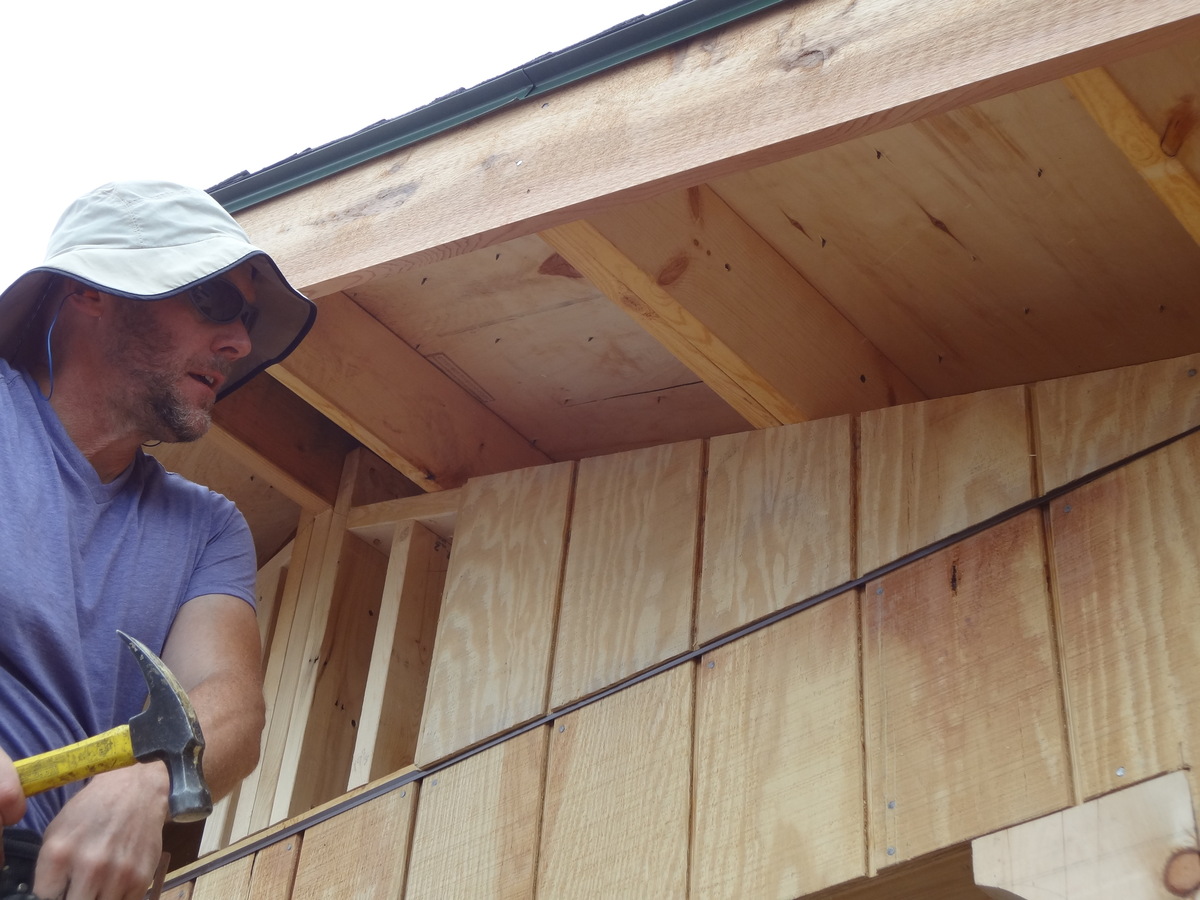
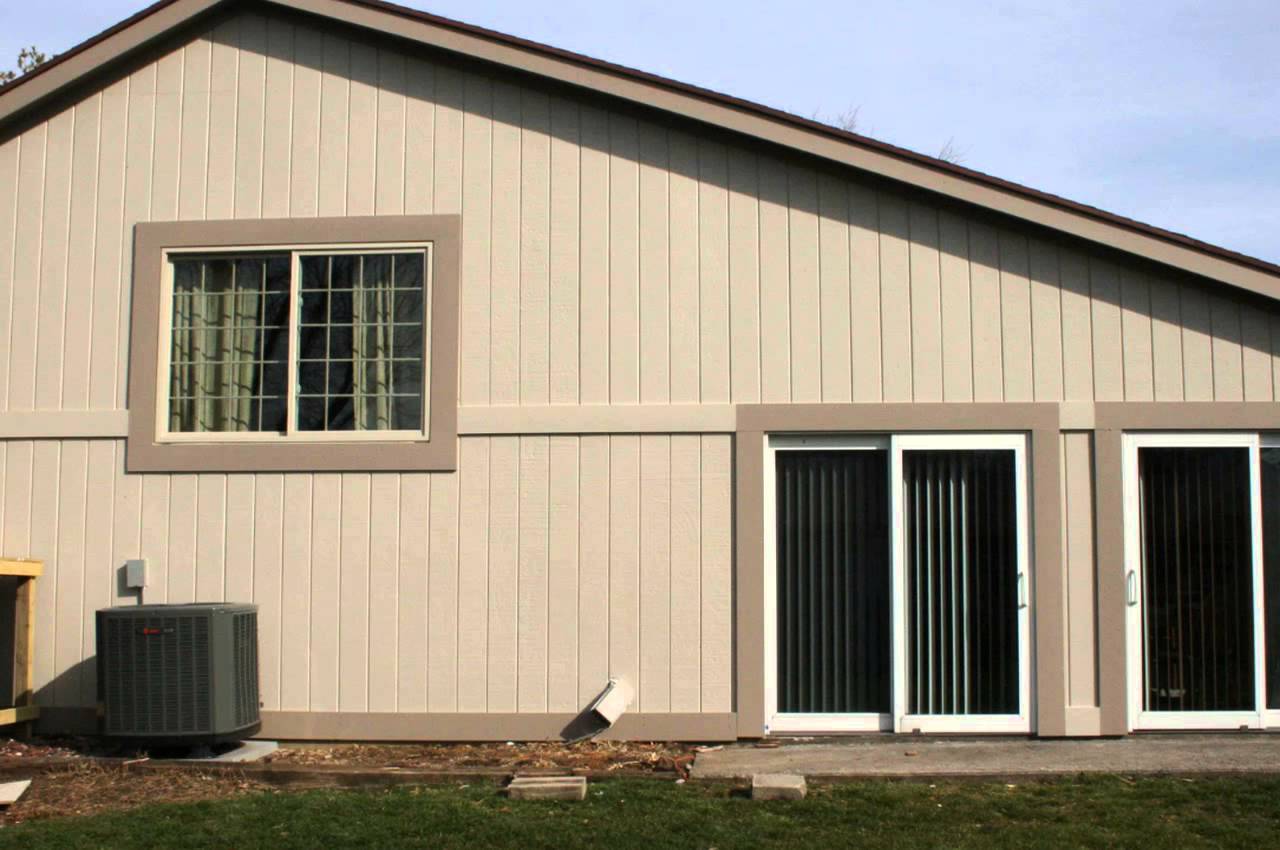
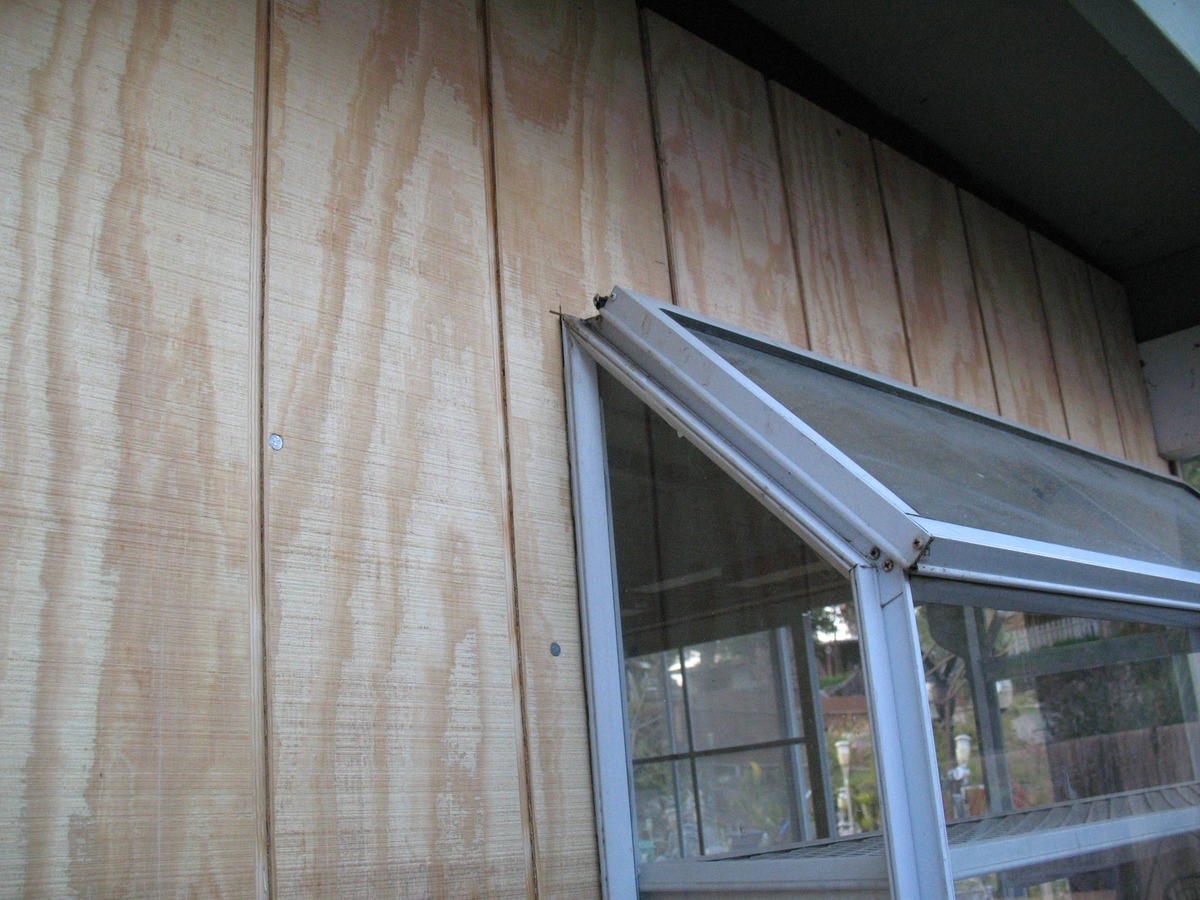
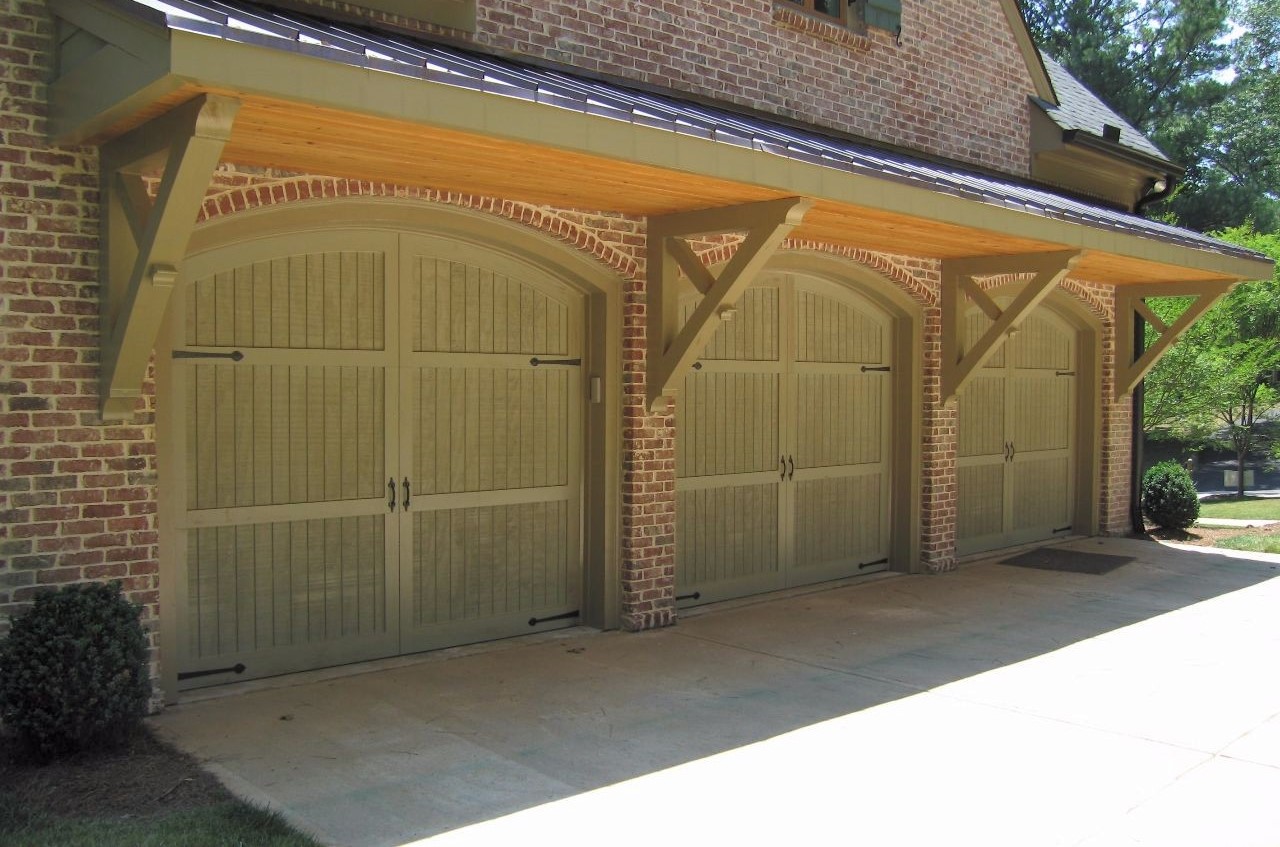
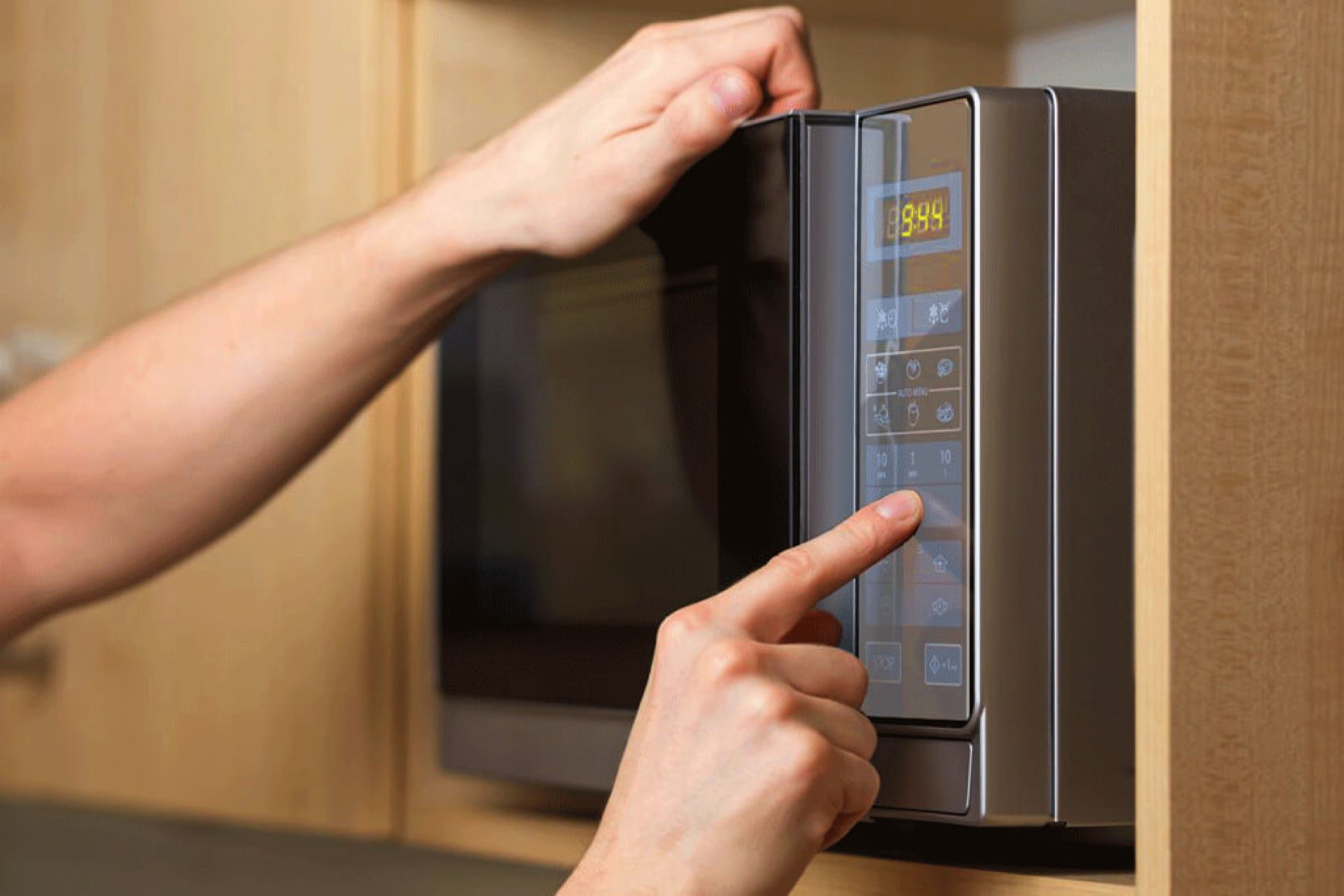
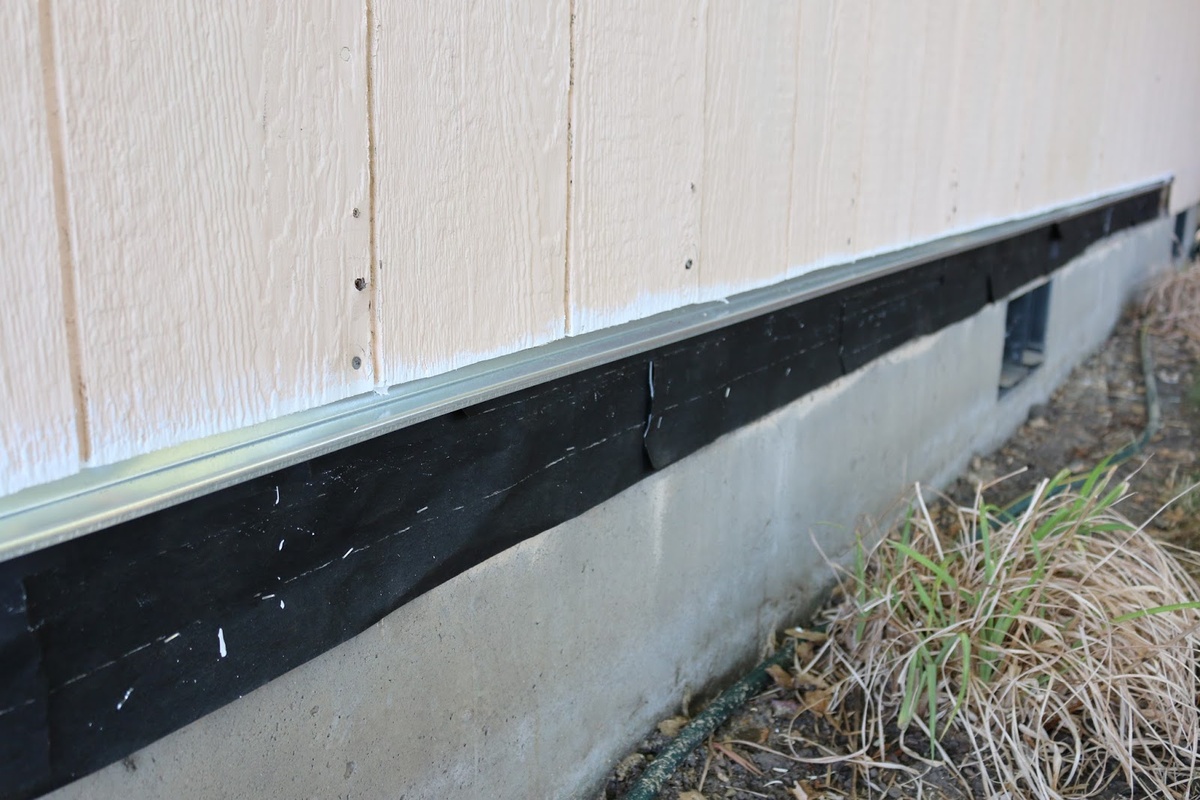
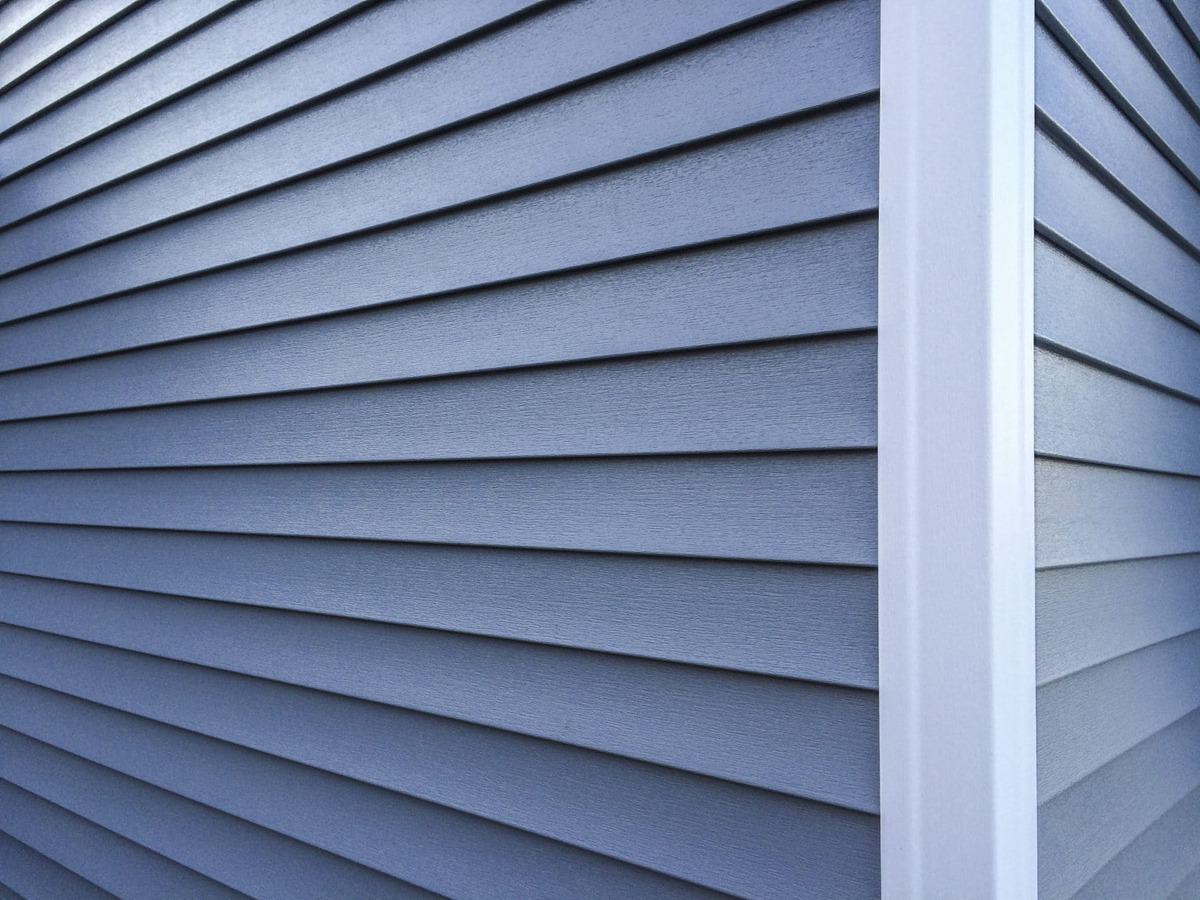


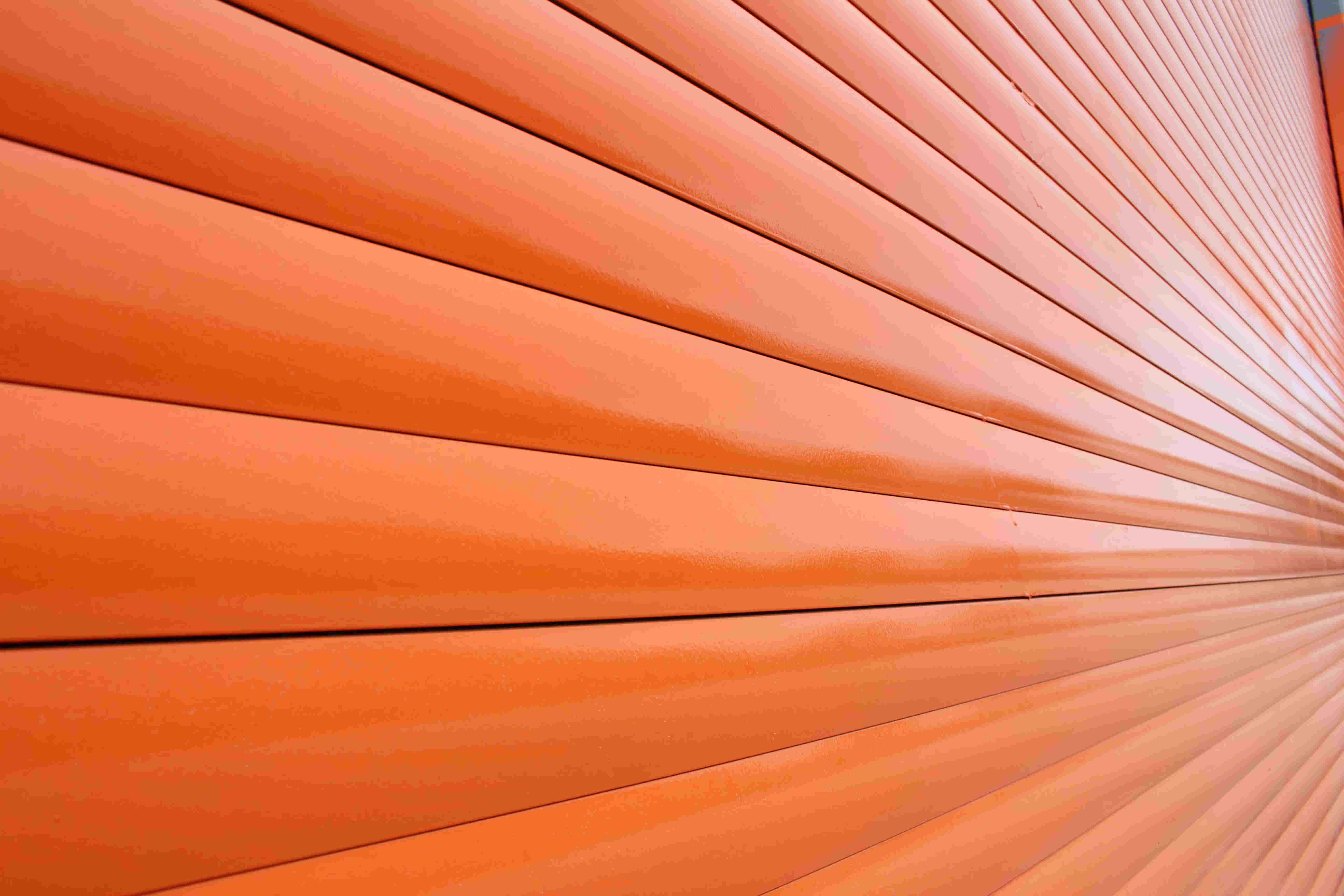
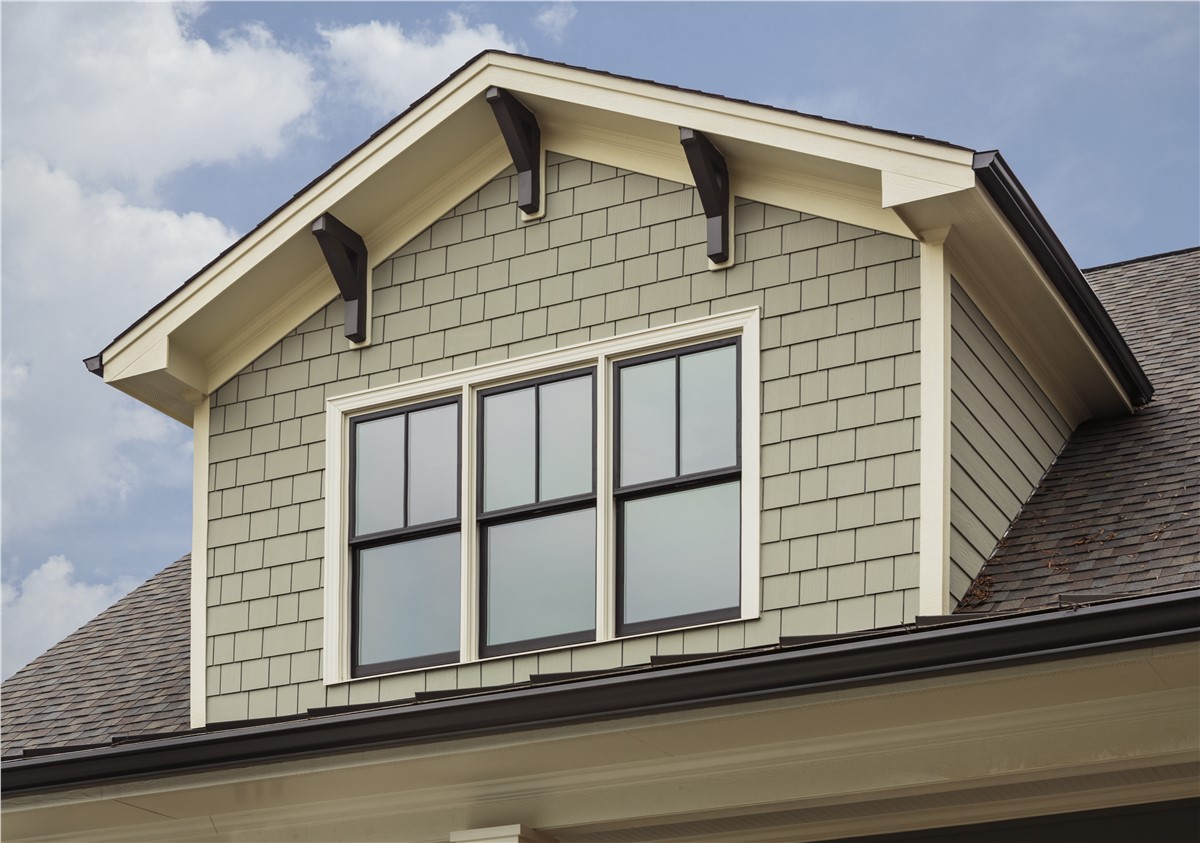
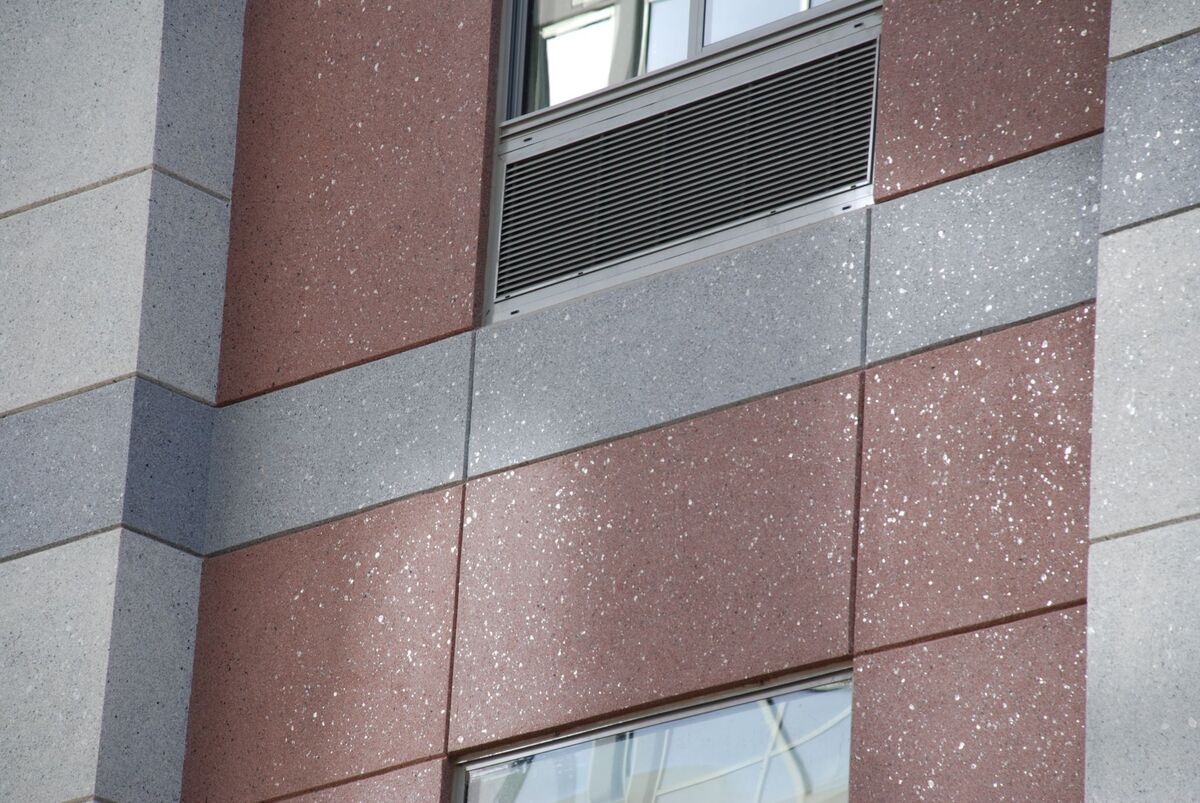
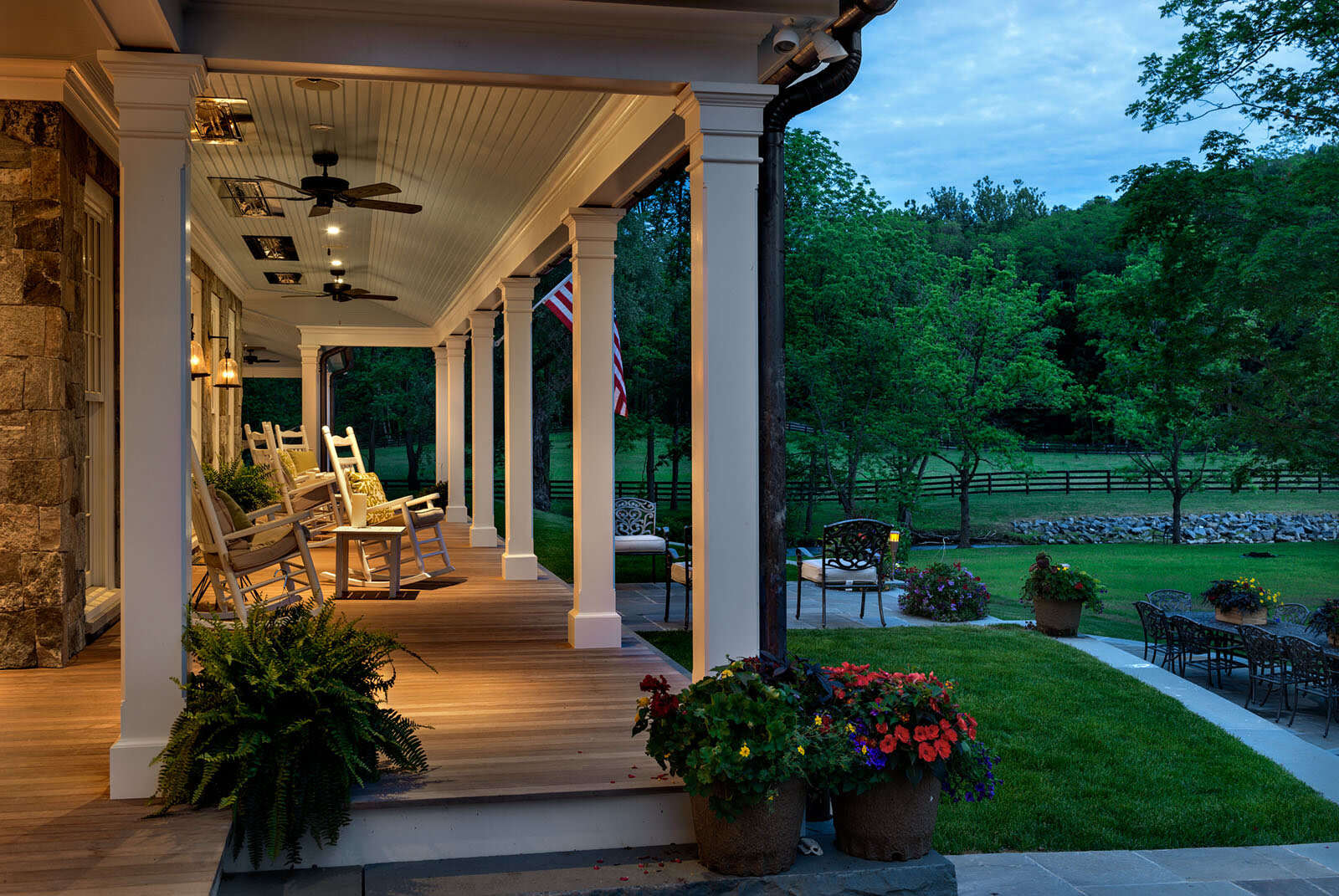
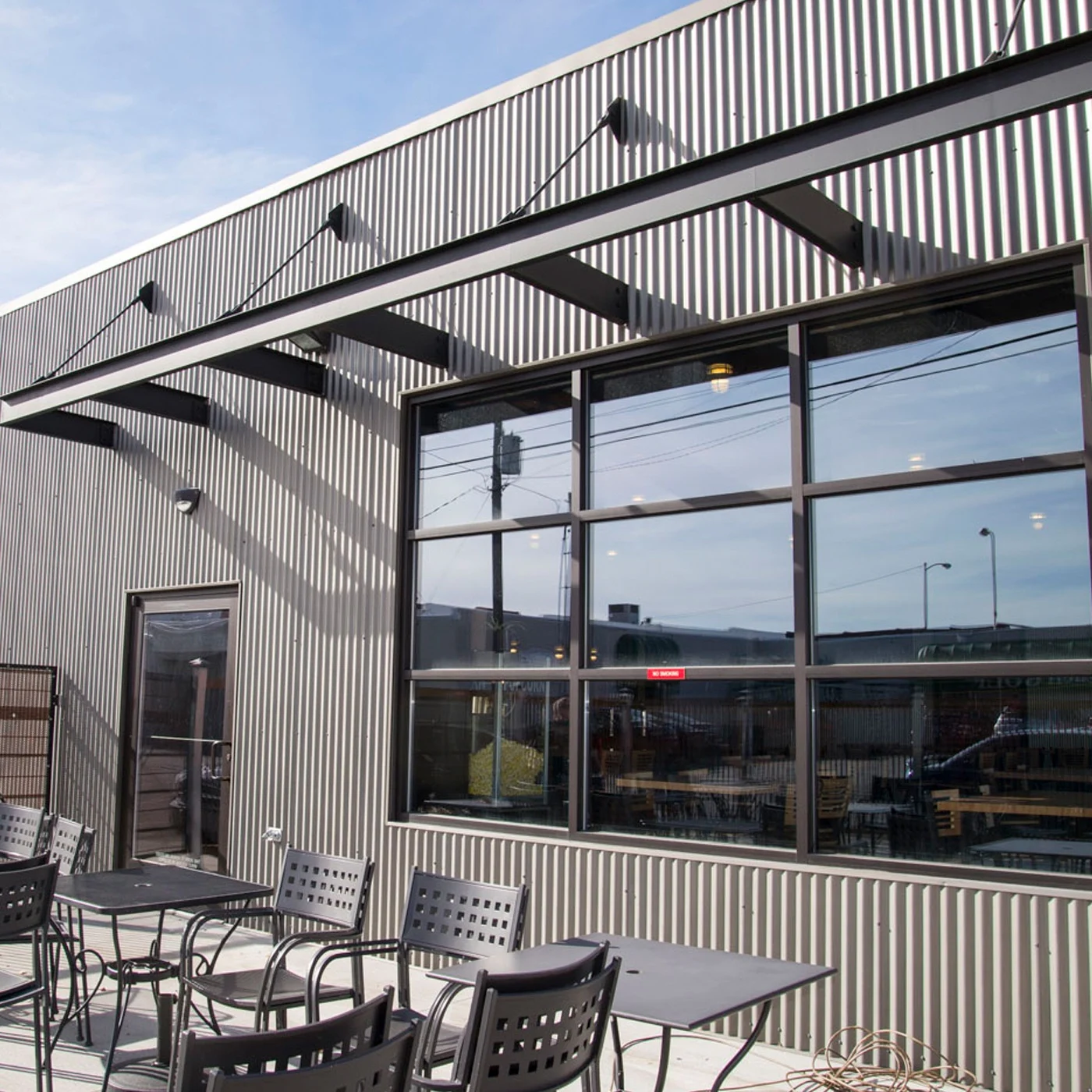

0 thoughts on “What Is T1-11 Siding”